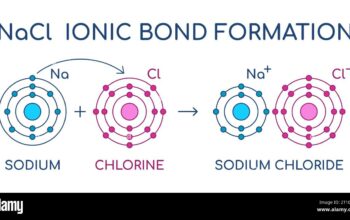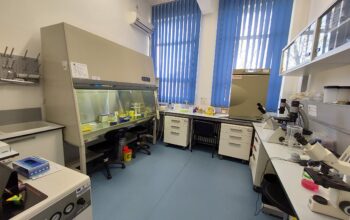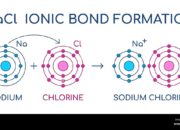The inquiry into the nature of matter, particularly the atomic structure that constitutes it, raises fundamental questions about the behavior of atoms when macroscopic entities are divided. When we ponder the act of cutting material substances, one might instinctively assume that the process evokes a commensurate fracturing of the atomic constituents. However, the intricacies are more nuanced. This text elucidates the relationship between matter, cutting, and atomic integrity through various facets of inquiry, ranging from foundational atomic theory to implications in modern scientific realms.
1. Understanding Atomic Structure
Atoms, the fundamental units of matter, consist of a nucleus made of protons and neutrons, enveloped by electrons in quantized energy states. This arrangement is central to our understanding of chemical interactions. In the context of cutting a material object, it is imperative first to recognize that the cutting does not directly manipulate individual atomic structures but instead rearranges the collective assembly of atoms that form a solid, liquid, or gas. Consequently, the question arises: what precisely happens to the atomic configuration during a cutting action?
2. The Mechanics of Cutting
When an object is severed, such as the slice of a fruit or the division of a material like wood, the process involves the application of force that exceeds the cohesive bonds among the atoms or molecules. This force initiates a macroscopic rupture of the material, which might seem as though the atoms themselves are physically sliced. However, it is primarily the intermolecular forces—such as covalent bonds, ionic bonds, or van der Waals forces—that are disrupted, leading to the disassociation of the object into smaller pieces. Each fragment retains its atomic integrity.
3. Microscopic Consequences of Cutting
Delving deeper into the consequences of cutting at the atomic level elucidates several phenomena. First, upon cutting, the newly exposed surfaces of the material may undergo physical and chemical alterations due to increased surface area and reactivity. Additionally, the mechanical action may induce vibrational modes among atoms, generating heat and potentially leading to alterations in local electronic structures. This raises questions about whether significant energy inputs during cutting could cause ionization or molecular disassociation.
4. Atomic Behavior in Different States of Matter
The behavior of atoms during the cutting process also varies significantly across different states of matter. In solids, atoms are tightly packed and held in fixed positions by strong intermolecular forces. Conversely, in liquid states, interactions become less rigid, allowing atoms to rearrange more freely. In gaseous states, atomic separation is maximized, leading to minimal interactions during any cutting action. These distinctions are essential when analyzing how cutting affects the atomic structure of various materials.
5. The Role of Bonding in Fracture
The intricacies of atomic bonding further elucidate the cutting phenomenon. A covalent bond, characterized by shared electron pairs, is typically stronger than an ionic bond, which arises from electrostatic interactions between charged particles. Hence, the type of bonding present within a material dictates the ease with which it can be cut. Understanding these bonding interactions not only elucidates macroscopic cutting processes but also provides insight into material selection for specific applications based on desired cutting attributes.
6. Quantum Considerations
On a quantum level, cutting introduces additional complexities, particularly relating to the principle of uncertainty and quantum state superposition. The act of cutting can alter an atom’s energy states, inducing a transition among quantum states that could feasibly result in the emission of photons. Moreover, as macroscopic actions trigger changes, implications for conservation laws come into play, raising questions concerning energy and momentum transfer throughout the system.
7. Applications in Modern Science and Technology
Beyond theoretical considerations, the implications surrounding cutting have salient applications in contemporary science and technology. For instance, in materials science, understanding atomic behavior during cutting informs the development of stronger, lighter materials used in aerospace and automotive engineering. Similarly, nanotechnology benefits from insights into atomic manipulation, enabling the creation of advanced components at a scale where atomic integrity is paramount.
8. Philosophical Implications
The questions surrounding the act of cutting do not merely reside in the realms of physical science. They echo deeper philosophical implications about the nature of reality, existence, and the very substantiation of matter. What does it mean for an entity to remain unchanged at an atomic level even while its larger mass has been physically altered? These considerations invite interdisciplinary dialogues that bridge the physical sciences with philosophy, ethics, and metaphysics.
Conclusion
In conclusion, while cutting a material object indeed affects its structural integrity, the atoms composing that material remain intact. The disassociation occurs among molecular bonds rather than within the atomic nucleus itself. The exploration of this topic reveals vast implications across multiple domains, reinforcing the interconnectedness of atomic theory with practical applications and philosophical inquiries. Ultimately, understanding the intersection of cutting and atomic integrity cultivates a profound appreciation for the underlying principles that govern matter and its transformation.












